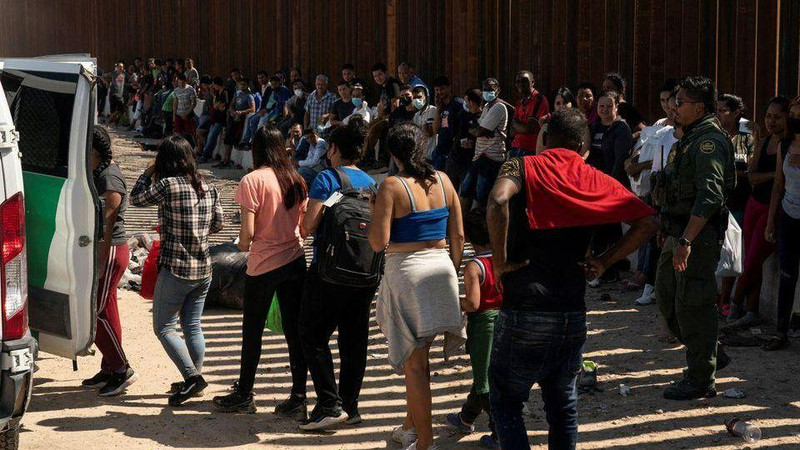A unified, comprehensive and coordinated roadmap among countries will contribute to tackling migration.
At a forum on migration held in Panama, Mexico and other countries in Central America, such as Costa Rice, El Salvador, Honduras and Guatemala, countries agreed to strengthen cooperation in searching for missing migrants, identifying remains, and accessing justice for victims and their relatives. The countries also promoted compliance with UN recommendations on access to justice in cases of migrant disappearances and deaths. For a long time, Central America and Mexico have been known as hot spots on the global migration map, as they witnessed a massive influx of illegal migrants in search of the “American dream”.
In Mexico, the image of caravans with hundreds of people, including many women and children, walking from the south to the northern border with the United States, despite extreme weather conditions and shortages of food and medicines has been constant. Recently, a group of nearly 1,000 migrants set off from Tapachula city in the Mexican state of Chiapas, to reach the United States. Since the beginning of the fiscal year 2022 (starting in October 2021), the US Customs and Border Protection has detained more than 1.7 million migrants. On the other side of the border, the Mexican Commission for Refugee Assistance received 131,448 asylum applications in 2021, the highest number ever.
Mexican authorities said the country rescued nearly 77,500 foreign migrants, all of whom were victims of human trafficking gangs, from 2018 to August 2022.
The increasing wave of illegal migrants has created conditions for criminal gangs to traffic people. Currently, because travel restrictions due to the COVID-19 pandemic in some countries have not been completely lifted, the migrants, who already have little choice, had to accept routes filled with danger and risks.
This was also the cause of the tragedy of migrants. The case of at least eight people who drowned while trying to cross the Rio Grande River from Mexico to enter the US on September 2 was an example. However, no matter how thin the gap between the “American dream” and the tragedy of immigration, many people still accept to risk their lives to find the “promised land”.
As major destinations for Central American migrants, Mexico and the US have shared responsibility for solving this conundrum for many years. In July, Mexican President Andres Manuel Lopez Obrador visited the US, focusing on boosting coordinated actions related to the migrant crisis at the border. The leaders of the two countries emphasised the need to modernise entry points at the US-Mexico border area, thereby helping to speed up travel.
In addition, the Mexican side asked the US to grant temporary work visas to migrants. To keep the people of Central American countries in their homelands, the US and Mexico have carried out several social welfare programmes, such as afforestation and vocational training scholarships for young people in this area. On their part, the countries of Central America have also promoted their cooperation to crack down on smuggling and human trafficking on a larger scale.
Impacts from diseases, poverty, violence and natural disasters are responsible for the increasing wave of illegal migration in the Americas. Reality has proven that a sustainable solution for the migration crisis cannot come from solid concrete walls or sharp barbed wire fences, but from comprehensive policies to handle the root cause of the migration wave. The migration crisis was forecasted to be prolonged and requires a lot of resources, as well as the coordination and unified actions of the international community.
















